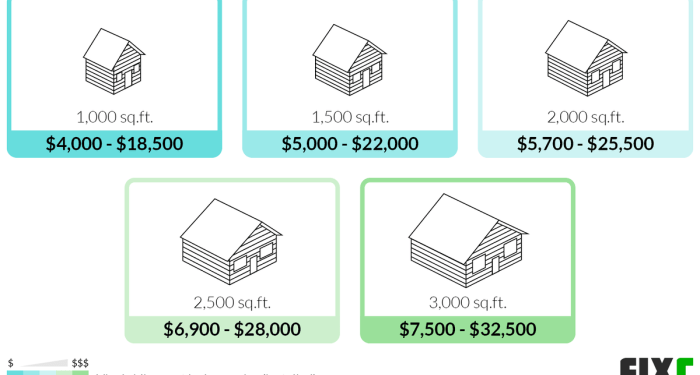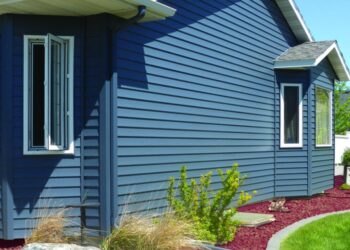Exploring the cost to get vinyl siding installed unveils the various factors, breakdown of expenses, and cost-saving tips that can make a significant difference. Let's delve into this essential aspect of home improvement to gain a better understanding of what to expect.
Factors affecting the cost of vinyl siding installation
When it comes to determining the cost of vinyl siding installation, several key factors play a significant role in influencing the overall price. Understanding these factors can help homeowners make informed decisions and budget accordingly for their siding project.
Quality of Vinyl Siding
The quality of the vinyl siding chosen for the installation can have a major impact on the overall cost. Higher-quality vinyl siding materials will typically be more expensive upfront but can offer better durability and longevity, potentially saving money in the long run.
On the other hand, lower-quality vinyl siding may be more budget-friendly initially but could require more frequent repairs or replacements, leading to higher costs over time.
Size of the Home
The size of the home is another crucial factor that affects the cost of vinyl siding installation. Larger homes will naturally require more materials and labor to complete the project, resulting in higher overall costs. Conversely, smaller homes will generally have lower installation costs due to the reduced amount of materials and labor needed.
Complexity of the Design
The complexity of the design or layout of the home can also impact the cost of vinyl siding installation. Homes with intricate architectural details, multiple stories, or unique features may require additional time and skill to properly install the siding, leading to higher costs.
Simple, straightforward designs, on the other hand, are typically more cost-effective to install.
Location of the Home
The location of the home can also influence the cost of vinyl siding installation. Factors such as local labor rates, building codes, and accessibility can all play a role in determining the overall cost of the project. Homes in remote or hard-to-reach areas may incur additional expenses for transportation or specialized equipment, increasing the total installation cost.
Contractor Experience and Reputation
The experience and reputation of the contractor hired for the vinyl siding installation can impact the overall cost. Contractors with extensive experience and a proven track record of quality work may charge higher rates for their services. While this may result in a higher upfront cost, choosing a reputable contractor can help ensure the installation is done correctly and efficiently, potentially saving money on future repairs or replacements.
Additional Features or Upgrades
Lastly, any additional features or upgrades selected for the vinyl siding installation can also affect the overall cost. Features such as insulation, trim details, or decorative elements can add to the total price of the project. While these enhancements can improve the aesthetic appeal and energy efficiency of the home, they may come with an added cost that should be factored into the budget.
Average cost breakdown of vinyl siding installation
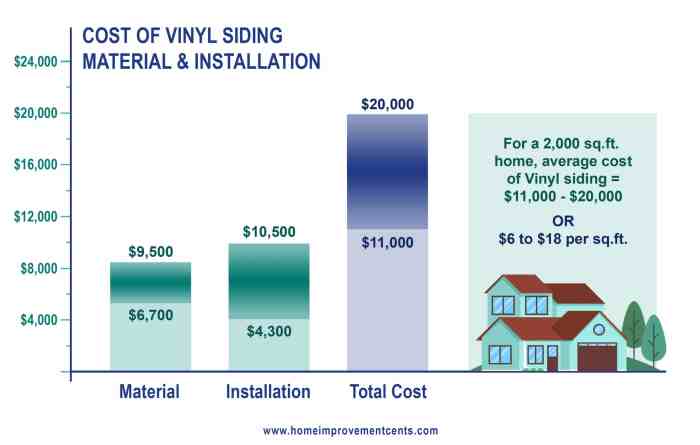
When it comes to the average cost breakdown of vinyl siding installation, it is important to consider the various components that make up the total cost. This breakdown typically includes the cost of materials, labor, and any additional costs that may arise during the installation process.
Material Cost
The material cost is a significant portion of the total vinyl siding installation cost. On average, the cost of vinyl siding material ranges from $2 to $7 per square foot. This cost can vary depending on the quality and brand of the vinyl siding chosen for the project.
Labor Cost
Labor costs also play a crucial role in the overall cost of vinyl siding installation. Typically, labor costs range from $1 to $3 per square foot. The labor cost can fluctuate based on factors such as the complexity of the installation, the location of the property, and the experience of the contractor.
Additional Costs
In addition to material and labor costs, there are other potential expenses to consider when budgeting for vinyl siding installation. These additional costs may include the removal of old siding, the cost of permits, the need for insulation, and any unforeseen repairs that may be necessary during the installation process.
These additional costs can vary greatly depending on the specific requirements of the project.Comparing the cost breakdown of vinyl siding installation with other types of siding materials, vinyl siding tends to be more cost-effective in terms of both material and labor costs.
While the initial investment may be slightly higher for some types of siding materials, the long-term durability and low maintenance requirements of vinyl siding often make it a more economical choice in the long run.
Cost-saving tips for vinyl siding installation
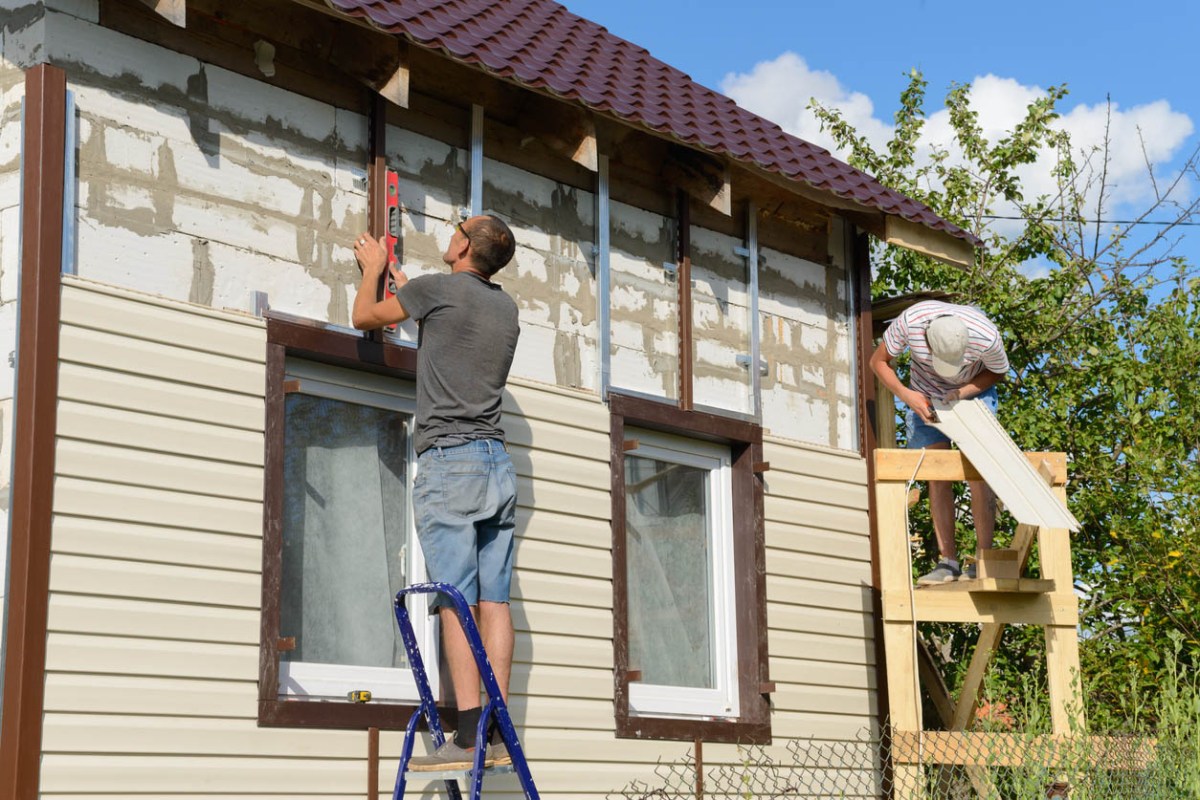
When it comes to installing vinyl siding, there are several cost-saving tips and strategies that homeowners can consider to reduce the overall expenses. Whether you decide to hire professionals or opt for a DIY approach, these tips can help you save money while ensuring a quality result.
Consider DIY Installation
If you have some experience with home improvement projects and the right tools, opting for a do-it-yourself installation can significantly reduce labor costs. However, it's crucial to ensure that you have the necessary skills and knowledge to complete the project correctly.
DIY installation can save you money, but it may require more time and effort on your part.
Shop for Deals and Discounts
Before purchasing vinyl siding materials, take the time to shop around for deals, discounts, and promotions. Many suppliers and retailers offer seasonal sales or special offers that can help you save money on your purchase. Additionally, consider buying in bulk to take advantage of volume discounts and lower prices per square foot.
Reuse Existing Materials
If your current siding is still in good condition, consider reusing some of the materials to save on replacement costs. For example, you may be able to reuse trim pieces, corner posts, or accessories that are still in good shape.
By salvaging and repurposing existing materials, you can reduce the amount of new materials needed for the installation.
Opt for Standard Colors and Styles
Choosing standard colors and styles for your vinyl siding can help lower the overall cost of the project. Custom colors or specialty finishes often come with a higher price tag, so selecting popular and readily available options can be more budget-friendly.
Additionally, standard colors and styles are easier to find and replace if needed in the future.
Maintain Proper Insulation
Proper insulation can help improve the energy efficiency of your home and reduce heating and cooling costs in the long run. By ensuring that your home is well-insulated before installing vinyl siding, you can potentially save money on energy bills and minimize the need for additional heating or cooling systems.
Investing in insulation upfront can lead to long-term cost savings.
Consider Long-Term Durability
While it's essential to find ways to save on upfront costs, it's also crucial to consider the long-term durability and quality of the materials you choose. Opting for high-quality vinyl siding that is designed to last can help prevent future repairs or replacements, ultimately saving you money in the long term.
Balancing cost-saving measures with quality and durability can ensure a successful and cost-effective vinyl siding installation.
Comparing quotes from different contractors
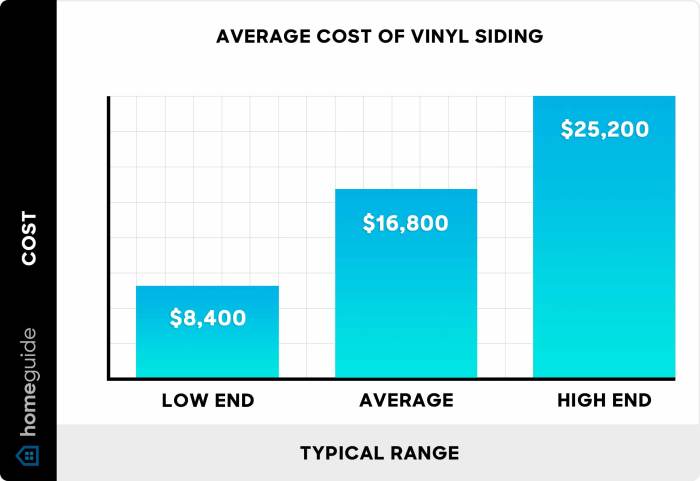
When it comes to getting vinyl siding installed, obtaining multiple quotes from different contractors is crucial. Comparing quotes allows you to find the best deal that suits your budget and ensures you are getting quality workmanship. Here's how you can effectively evaluate and compare quotes to make an informed decision:
Importance of obtaining multiple quotes
Obtaining multiple quotes gives you a better understanding of the average cost of vinyl siding installation in your area. It also allows you to compare the services offered by different contractors and choose the one that meets your requirements within your budget.
How to evaluate and compare quotes effectively
- Review the breakdown of costs: Look closely at the itemized list of expenses in each quote to understand what is included and excluded.
- Check for hidden costs: Ensure that there are no hidden fees or additional charges that may pop up later during the project.
- Verify the quality of materials: Compare the type and quality of materials offered by each contractor to ensure you are getting the best value for your money.
- Consider the timeline: Evaluate the estimated timeline for completion provided in each quote to determine which contractor can deliver within your desired timeframe.
Red flags to watch out for in quotes
Be cautious of quotes that are significantly lower than the average market price, as this could indicate the use of subpar materials or lack of experience on the contractor's part.
Watch out for vague or unclear language in the quotes, as this may lead to misunderstandings and potential disputes later on.
Avoid contractors who pressure you into making a decision quickly or try to upsell unnecessary services.
Wrap-Up
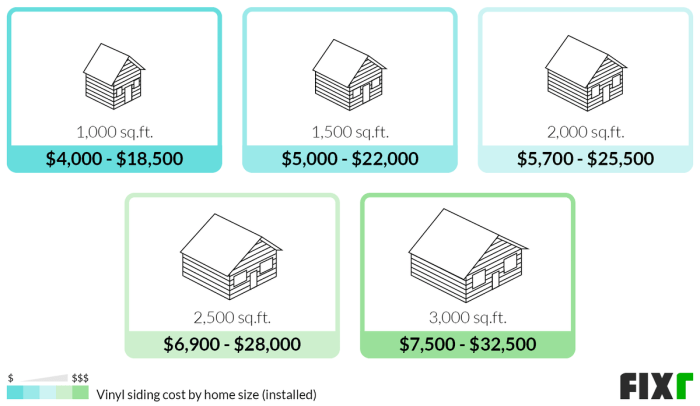
In conclusion, understanding the cost to get vinyl siding installed involves considering different factors, analyzing the breakdown of expenses, and implementing cost-saving strategies. By being informed about these aspects, homeowners can make informed decisions when investing in their property's exterior.
FAQs
What factors can impact the cost of vinyl siding installation?
Factors such as the size of the project, quality of materials, and labor costs can influence the overall cost of vinyl siding installation.
What is the typical breakdown of costs for vinyl siding installation?
The average cost breakdown includes material costs, labor costs, and additional expenses such as permits or disposal fees.
Are there any DIY options to reduce the cost of vinyl siding installation?
DIY options like prepping the surface or removing old siding can help save on labor costs, but it's important to weigh the trade-offs between cost savings and quality.
Why is it important to compare quotes from different contractors?
Comparing quotes allows homeowners to evaluate pricing, quality of work, and potential hidden costs. It helps in making an informed decision before choosing a contractor.
How can homeowners effectively evaluate and compare quotes for vinyl siding installation?
Homeowners should review the scope of work, materials used, project timeline, and total cost in each quote to make a fair comparison.

